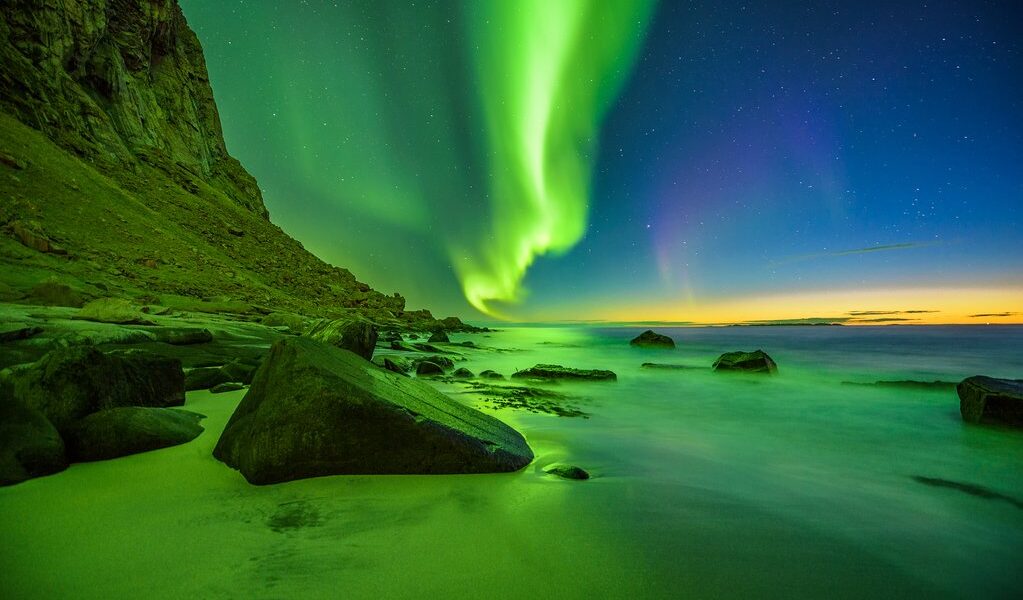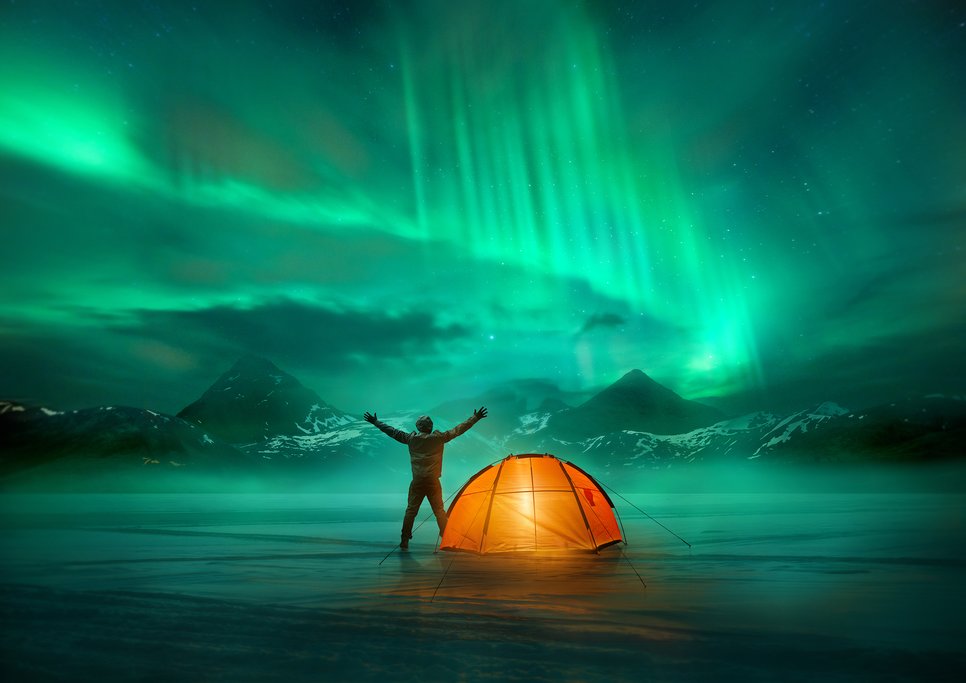
There’s a wrong way to see the Northern Lights: hopping on a giant tour bus with cameras flashing and a cacophony of “oohs” and “ahhs” interrupting your moment with Mother Nature. Ditch the crowds and have a memorable experience viewing the auroras in peace — it just takes a little research and know-how.
Seeing the ethereal dance of the Northern Lights shimmering across the snow-dusted Norwegian landscape evokes a feeling akin to winning the lottery. It’s a moment of pure magic as the vibrant ribbons of red, green, and sometimes even purple seemingly materialize from the depths of the cosmos, greeting the earth with a silent symphony of light. Their movements are captivating, their presence both fleeting and unforgettable. Witnessing this celestial spectacle is a truly remarkable experience, and with a little planning and the right timing, you too can behold this breathtaking phenomenon. The allure of the Aurora Borealis draws travelers from across the globe to Norway’s northern reaches, promising an encounter with one of nature’s most awe-inspiring displays.
## Where Should I Go to See the Northern Lights?
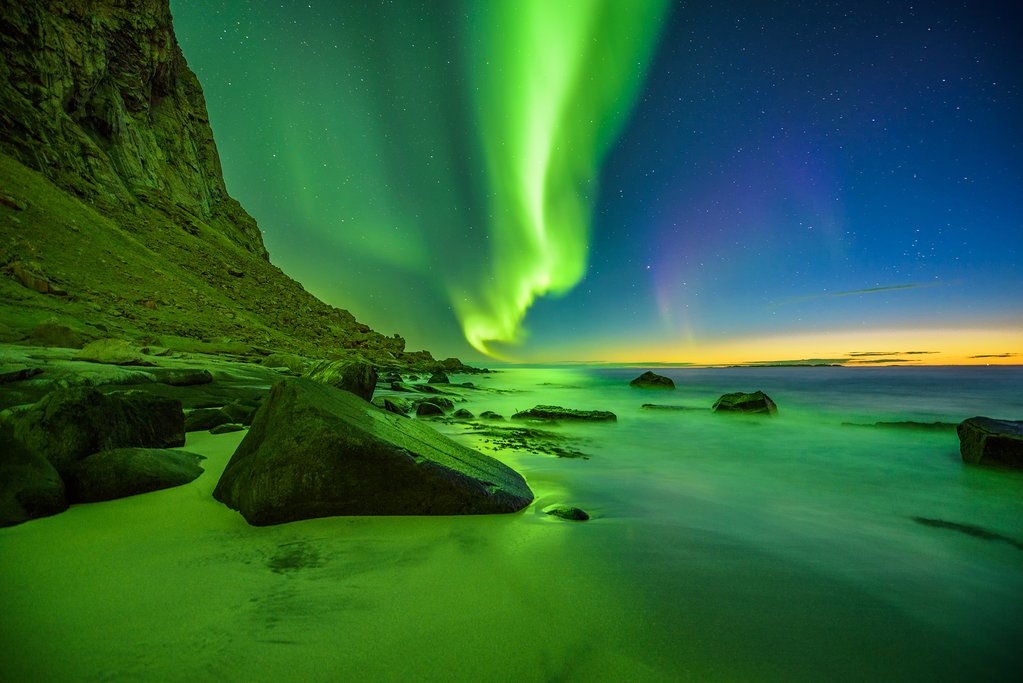
When embarking on your Northern Lights adventure in Norway, selecting the right location is paramount to maximizing your chances of witnessing this extraordinary display. Fortunately, the northern region of Norway offers a plethora of prime viewing spots.
**Alta**, a charming town that holds the distinction of being the largest in Finnmark, serves as an excellent gateway to your aurora-chasing escapades. It’s a vibrant hub with convenient access to various locations renowned for their Northern Lights viewing opportunities. From Alta, you can venture further into the Arctic wilderness in pursuit of the perfect aurora viewing experience.
But Alta isn’t the only option. Other compelling choices in the region include the towns of **Hammerfest**, **Vardø**, **Kirkenes**, and **Karasjok**. These locations are all situated around the 70° latitude mark, placing them squarely within the Auroral Oval, a zone known for its high probability of Northern Lights activity. Moreover, these towns offer a range of tour operators who specialize in guiding visitors to the best viewing locations.
Once you’ve established your base in one of these northern towns, the next decision involves choosing your specific viewing environment. Many light chasers gravitate toward one of three distinct areas: the serene fjords, the dramatic landscapes near glaciers, or the expansive Finnmarksvidda plateau. The optimal choice often hinges on the prevailing conditions on any given night, as factors such as cloud cover and atmospheric clarity can significantly impact visibility. Each of these environments offers a unique backdrop for witnessing the auroras, adding to the overall magic of the experience. The fjords provide stunning reflections of the lights on the calm waters, while the glaciers offer a stark and dramatic contrast to the colorful sky. The Finnmarksvidda plateau, with its vast open spaces, allows for an unobstructed view of the aurora display.
Alternatively, for those seeking an exceptionally remote and secluded experience, **Nordkapp** presents an intriguing option. However, it’s essential to bear in mind a couple of crucial considerations. Firstly, reaching Nordkapp can be quite challenging, requiring meticulous planning and coordination with the right tour operator at the opportune time. Secondly, the weather conditions in Nordkapp are notoriously unpredictable, often characterized by fog and heavy snowfall, which can obscure the Northern Lights even when they are putting on a spectacular show. While the allure of Nordkapp’s remoteness is undeniable, it’s a gamble that may not always pay off due to the challenging logistical and environmental factors. If you happen to find yourself in the Nordkapp area during a period of favorable weather, it might be worth taking a chance, but be prepared to press your luck.
## When is the Best Time to Go?
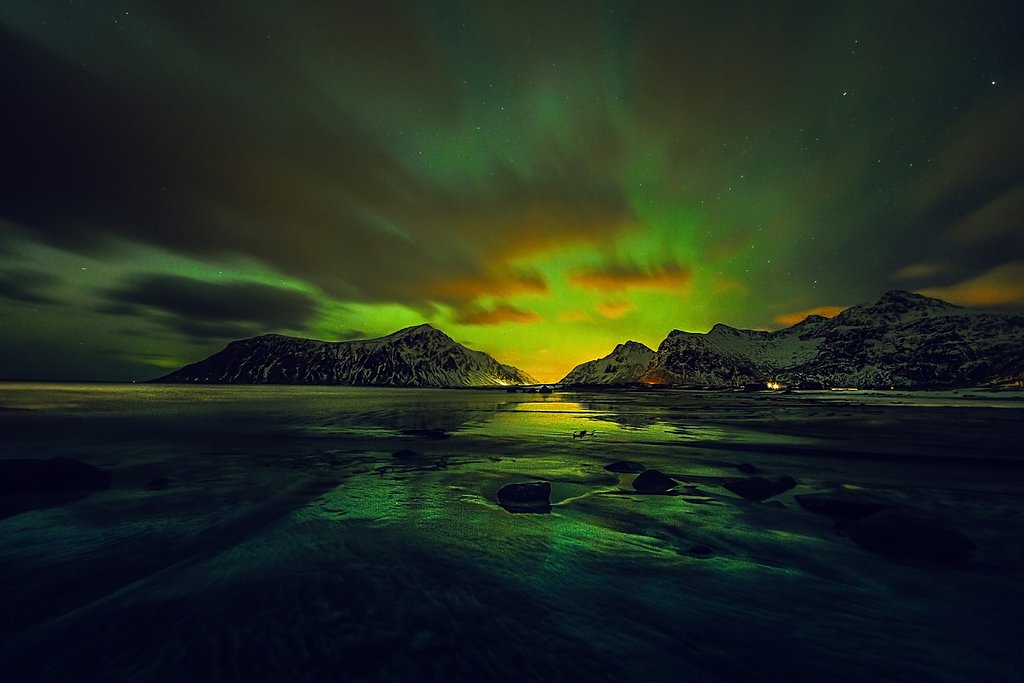
The key to witnessing the Northern Lights in the Alta region lies in the presence of dark, clear skies. During the summer months, when the sun graces the sky around the clock, the Northern Lights remain hidden from view. However, as winter approaches and the nights grow longer and darker, the chances of seeing the auroras increase dramatically. The prime Northern Lights season in the Alta region spans from September through March, and potentially into the early days of April. During this period, the nights are long and dark enough to allow the auroras to shine brightly, provided the skies are clear. If you dedicate several days to your aurora-chasing endeavor, your odds of witnessing the Northern Lights will significantly improve.
Venturing into the depths of winter offers the advantage of colder temperatures, which often correlate with clearer skies. Moreover, you’ll likely encounter lower travel rates and fewer tourists during the peak winter months, enhancing the overall experience. However, it’s important to be prepared for the extreme cold that characterizes the Arctic winter.
The shoulder months of September and March, which mark the beginning and end of the Northern Lights season, respectively, present a slightly less certain prospect. While the auroras may still be visible during these months, the shorter nights and potentially less stable weather conditions may slightly reduce your success rate. However, these months can offer a good compromise between the extreme cold of winter and the long daylight hours of summer.
## Joining a Guided Tour
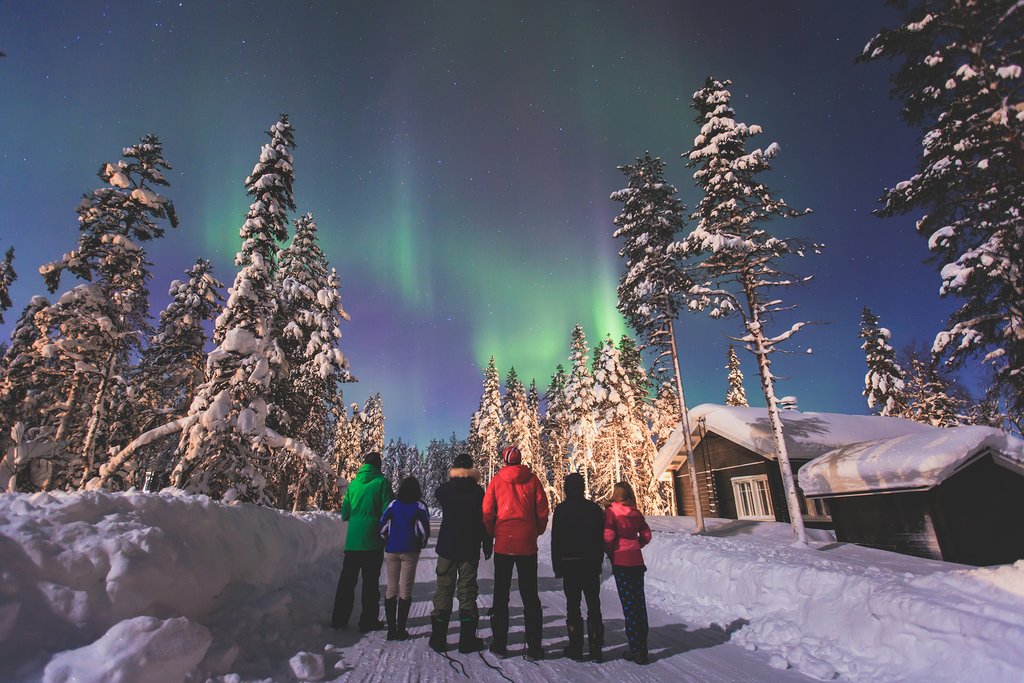
One of the simplest and most convenient ways to experience the Northern Lights in Norway is by joining a guided tour. Numerous tour operators operate out of the towns mentioned earlier, offering a variety of options to suit different preferences and budgets. However, it’s crucial to be discerning when selecting a tour, as the experience can vary significantly.
While some tours involve large buses filled with numerous participants, potentially undermining the desire to “beat the crowds,” others offer a more intimate and personalized experience with smaller groups or even private tours. There are also specialized tours that combine aurora viewing with other activities, such as fat-biking or dogsledding, adding an extra layer of adventure to your Northern Lights pursuit.
It’s important to remember that not all “tours” are created equal. Some may involve awkward group dynamics, crowded buses, intrusive camera flashes, and restrictive time constraints. To avoid these potential pitfalls, it’s essential to conduct thorough research and choose a tour operator that aligns with your preferences and expectations.
## Embarking on a Solo Aurora Hunt
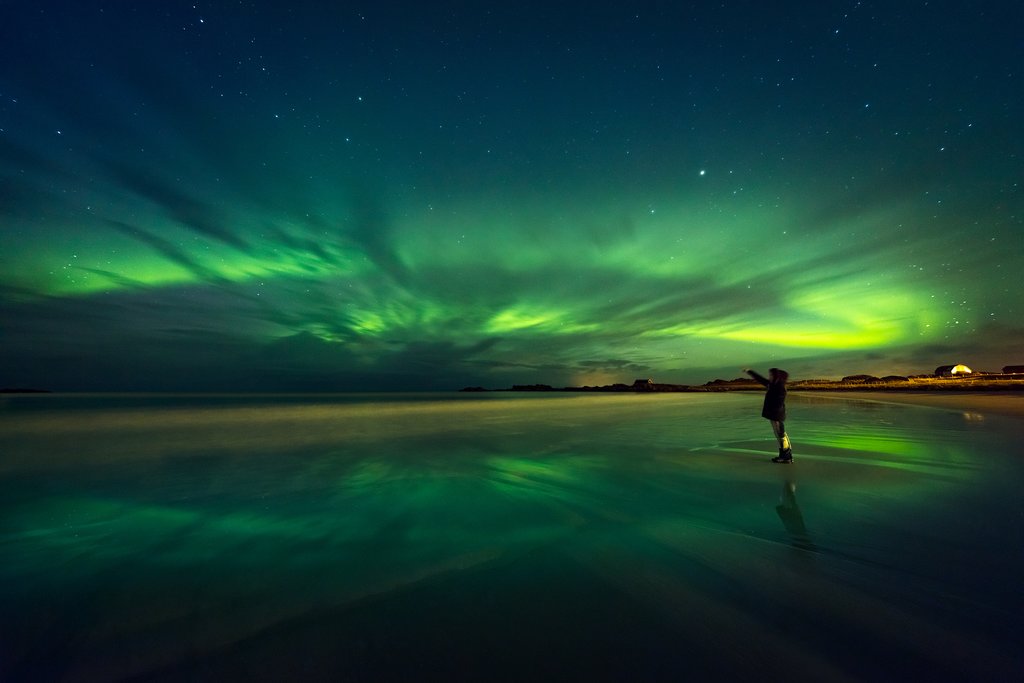
Before venturing out into the Arctic wilderness, it’s essential to conduct thorough research. Familiarize yourself with potential viewing locations, taking into account factors such as onshore winds, which can enhance visibility along the water. Plot your route meticulously, including any trails or paths you plan to follow. Ensure that your vehicle has ample fuel and that you have sufficient food supplies for the duration of your journey. Layering is key to staying warm and comfortable in the frigid Arctic environment, so pack plenty of warm clothing, including extra wool socks. A reliable map and compass are also essential navigational tools.
Numerous websites provide forecasts of Northern Lights activity, predicting when and where the auroras are likely to appear. Local residents can also offer valuable insights and expertise regarding the best viewing locations. It’s always wise to have a Plan B in place, in case your initial viewing spot doesn’t yield the desired results.
In addition to preparing for nature’s unpredictable whims, it’s also essential to be mindful of her requirements. In other words, pack those extra wool socks!
## Beyond the Lights: Other Activities to Enjoy
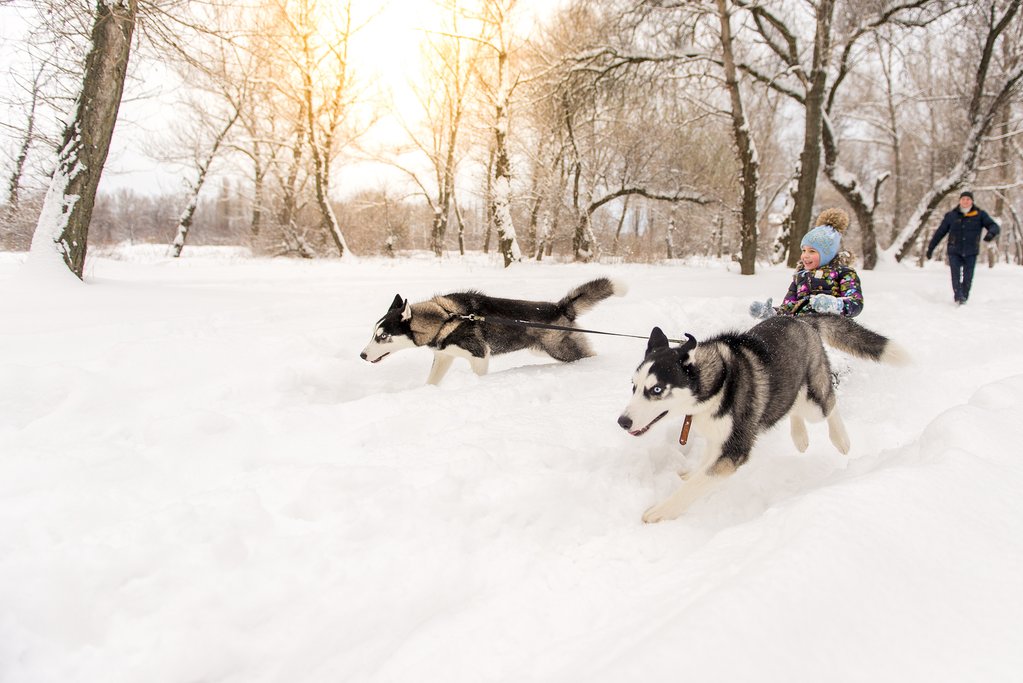
For those seeking a more active pursuit, dog sledding is an unforgettable experience. **Trasti and Trine** is a popular destination that boasts a team of adorable huskies, as well as a restaurant and hotel on site. Embark on a thrilling ride with your team over river ice, across the mountain plateau, or through the enchanting forest. Upon your return, you’ll be greeted with the aroma of freshly baked bread and the taste of fish straight from the fjord. Another excellent option is **Holmen Husky**, which offers modified *lavvus* (traditional tents of the indigenous Sami people) with glass walls, providing a unique opportunity to view the auroras from the comfort of your cozy shelter.
The region is also home to several fascinating museums. **The Alta Museum**, which houses the largest concentration of rock art created by hunter-gatherers in Northern Europe, is well worth a visit before venturing to **Karasjok**. Karasjok is a significant center of Sami culture, and a visit to the **Sami National Museum** will provide you with a comprehensive introduction to the history, traditions, and way of life of the Sami people. You can also take a tour of the Sami Parliament while in Karasjok. For a more immersive cultural experience, head to the Sápmi Culture Park, where you can enjoy traditional music and savor authentic Sami cuisine around a crackling fire.
If you have more time to spare, consider embarking on a king crab safari, trying your hand at ice fishing, or exploring the charming village of **Honningsvåg**. Honningsvåg is known for its colorful houses, cod-drying racks, and inviting cafés. And the best part? Even in winter, it remains incredibly peaceful and quiet.
## Important Considerations for Aurora Viewing
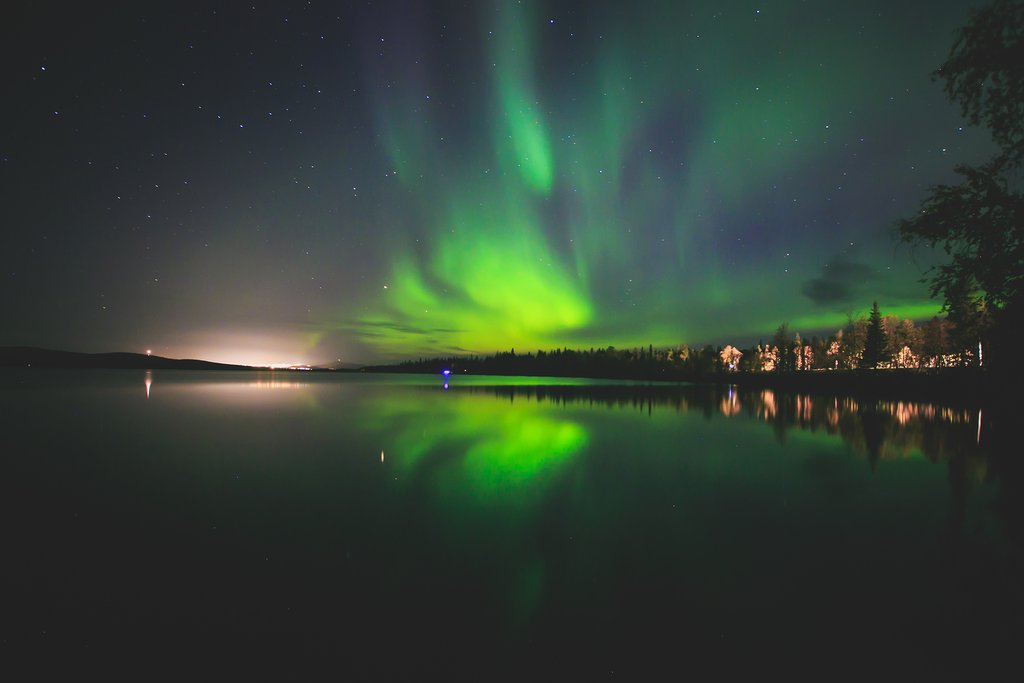
In conclusion, the most effective way to increase your chances of seeing the Northern Lights is to allocate several nights to this pursuit. Time and weather are the primary factors working against you, not the lights themselves. Patience is key, and the more patience you possess, the greater your likelihood of experiencing the magic of the Aurora Borealis in the Alta region of Norway during winter.

